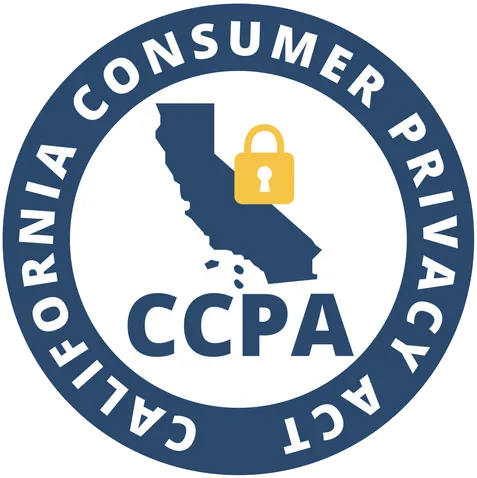The importance of employer brand perception is increasing, as 75% of job seekers research a company's reputation before applying. [1] Companies that invest in recruitment marketing improve their hiring outcomes, with application rates increasing by up to 2.5 times more than traditional methods and a 50% reduction in cost-per-hire. As the competition for talent grows, recruitment marketing campaigns become essential for attracting quality candidates and reducing costs.
What Is a Recruitment Marketing Campaign?
Recruitment marketing campaigns employ strategic, multi-channel marketing techniques to proactively attract and engage potential candidates, treating them as valued customers. Unlike traditional recruiting methods, these campaigns focus on personalized messaging, compelling content, and targeted distribution to build employer brand awareness and drive quality applications. Data-driven insights help organizations compete in the talent market.
Tenets of a Recruitment Marketing Campaign
A comprehensive recruitment marketing campaign encompasses several interconnected components that work together to create a cohesive candidate experience:
- Campaign Strategy: This includes defining target candidate personas, developing compelling value propositions, and establishing clear campaign objectives and success metrics.
- Campaign Assets: Developing engaging content such as employee testimonials, company culture videos, job role spotlights, career development stories, and interactive content that resonates with your target audience.
- Distribution: Leveraging both paid and organic channels, including social media platforms, job boards, career sites, email marketing, search engine marketing, and programmatic advertising, to reach candidates where they spend their time.
- Funnels: Creating conversion-focused career pages and landing pages that provide detailed information about roles, company culture, and benefits while making it easy for candidates to apply.
- Tools: Applicant tracking systems (ATS) such as Manatal allow you to post paid job ads to multiple channels to help you reach your audience, set up email automation and job landing pages to bring users into your funnel and reporting dashboards to measure and optimize your recruitment marketing campaign performance.
{{cta}}
How Recruitment Marketing Campaigns Work
Recruitment marketing campaigns operate through a systematic funnel approach that mirrors consumer marketing strategies:
- Awareness Stage: Build employer brand recognition through targeted content and strategic placement, reaching both active and passive candidates.
- Interest Stage: Engage candidates with detailed information about roles, company culture, and growth opportunities through email sequences and retargeting campaigns.
- Conversion Stage: Guide engaged candidates through optimized application processes with compelling calls-to-action and streamlined user experiences.
Throughout this journey, campaign performance is continuously monitored and optimized based on data insights and candidate feedback.
Recruitment Marketing Campaign Case Studies
1. GCHQ: "Can You Crack It?" Campaign
The UK’s Government Communications Headquarters (GCHQ), a prominent intelligence and security organization, launched the "Can You Crack It?" campaign to recruit tech-savvy candidates. The campaign challenged individuals to solve a series of cryptic online puzzles, with successful solvers invited to apply for roles at GCHQ. This approach was designed to attract candidates with strong problem-solving and analytical skills, which are critical for the agency’s cybersecurity and intelligence roles.
Results
- Applications: Received 5,000 applications.
- Candidates Advanced: 170 candidates were taken forward for further consideration.

2. IKEA: Job Descriptions Hidden in Furniture Packs
IKEA, the global furniture retailer, took a unique approach by embedding job descriptions within the packaging of its furniture products. Customers assembling their furniture would discover job postings, encouraging them to apply for roles at IKEA. This approach was both cost-effective and aligned with the company’s brand identity of innovation and accessibility.
Results
- Applications: Generated 4,285 applications.
- Hires: Resulted in 280 new hires.
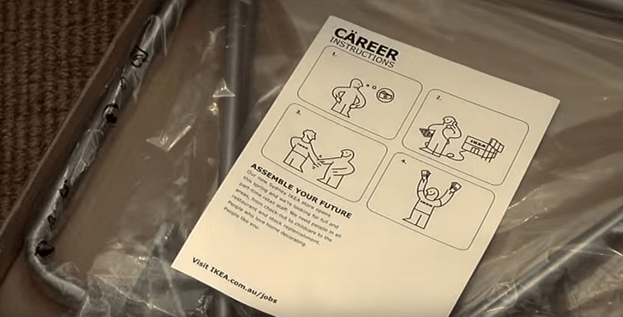
3. Brother International - Leveraged AI and Talent Analytics
Brother International, a multinational electronics and manufacturing company, used AI and talent analytics to enhance candidate experiences. The campaign focused on key metrics such as conversion rate, time to apply, unique career site visitors, and leads, enabling personalized and data-driven recruitment processes. The use of AI and analytics allowed Brother International to optimize recruitment efficiency and tailor candidate interactions, demonstrating the power of technology in modern recruitment.
Results
- Applications: The campaign increased completed applications by 140%.
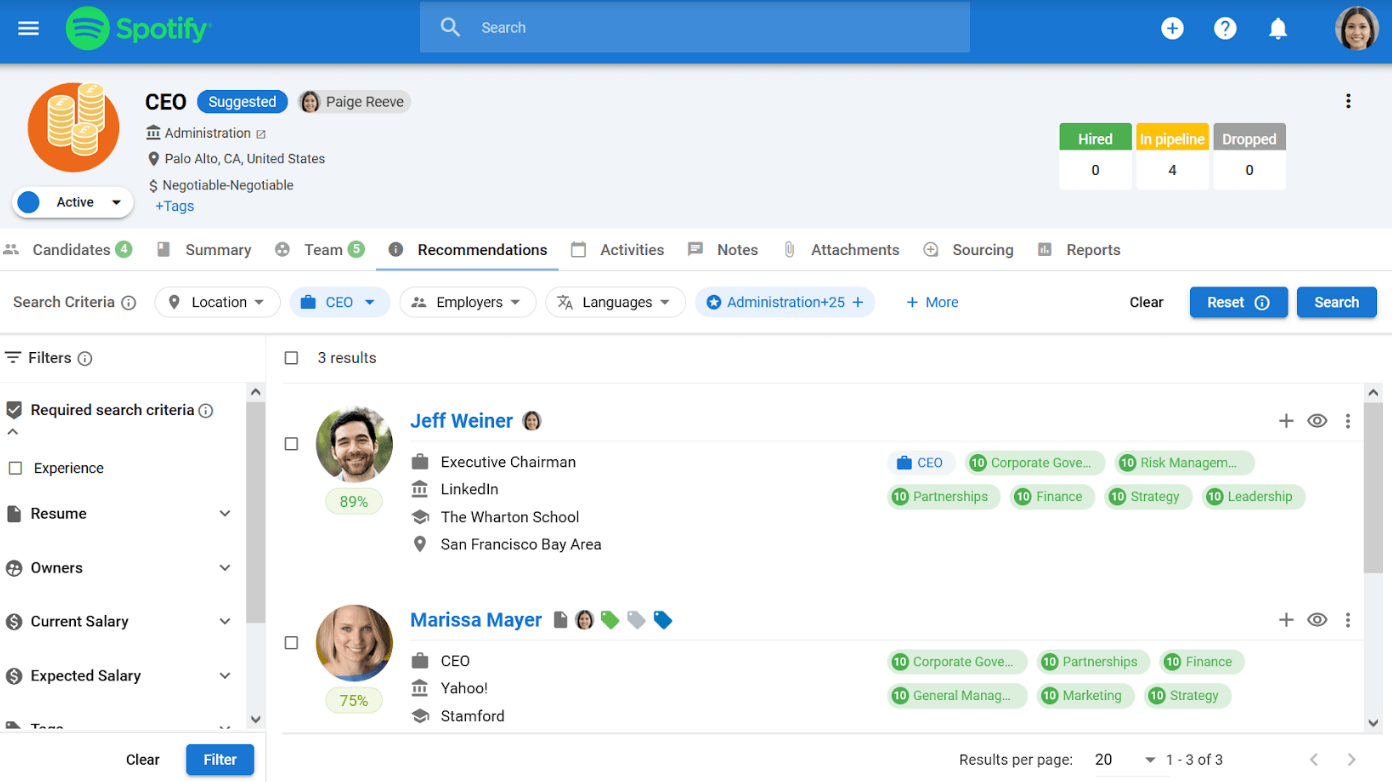
With automated candidate screening and ranking features, Manatal helps hiring teams quickly identify top prospects from large applicant pools generated by successful recruitment marketing campaigns.
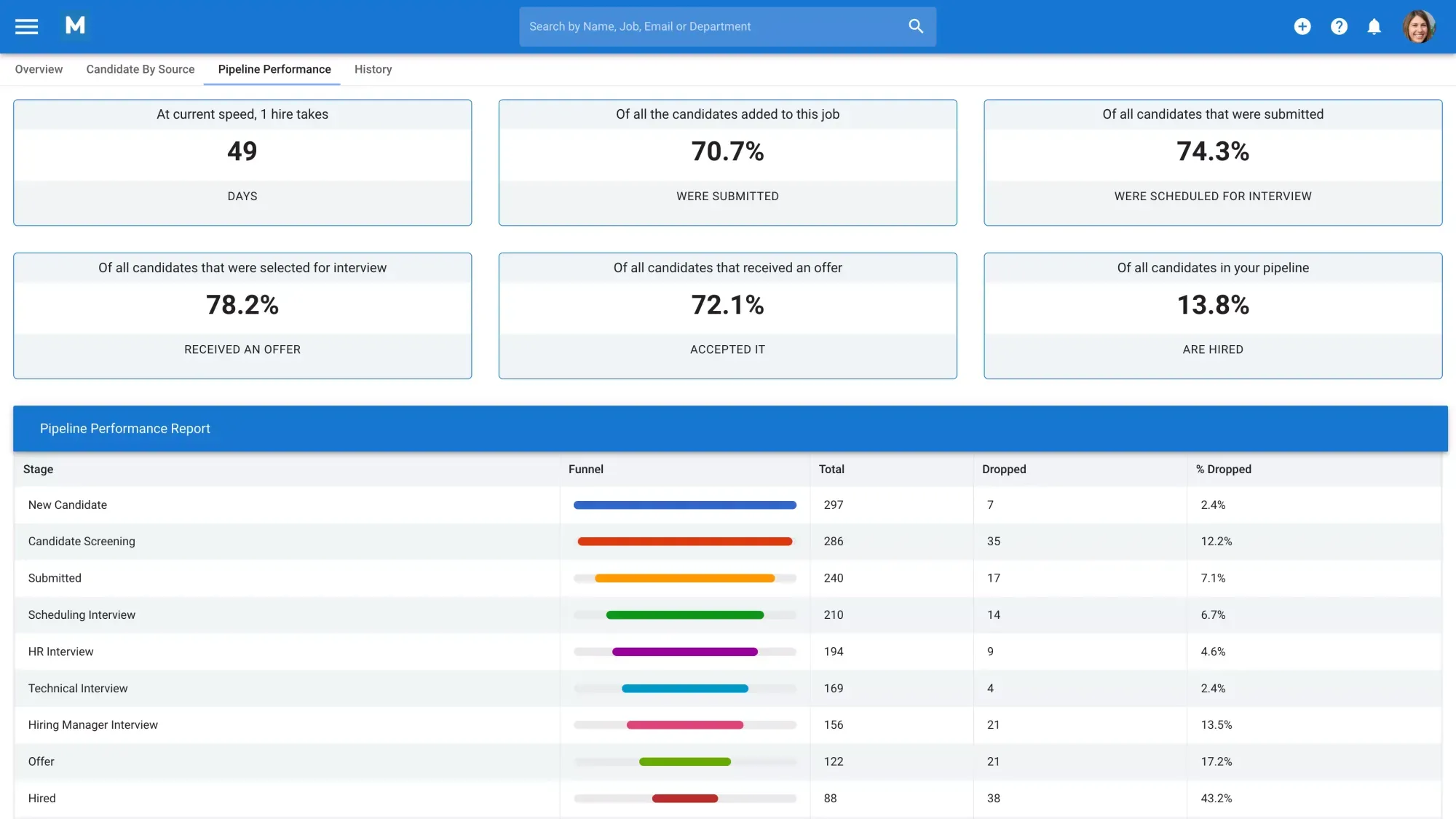
The platform's advanced analytics capabilities enable organizations to track which channels generate the highest-quality candidates, allowing for data-driven optimization of recruitment campaign spend.
What are the Costs Related to Recruitment Marketing Campaigns?
The costs of recruitment marketing campaigns vary significantly based on campaign scope, target audience size, geographic reach, and channel selection.
- Technology and Platform Costs: Marketing automation platforms, customer relationship management systems, and analytics tools typically range from $15 to $150 per month, and enterprise-level solutions range as high as $500 to $3,500 per month, depending on features and user volume. Social media advertising platforms and job boards charge based on the number of impressions, clicks, or applications generated.
- Content Creation Costs: Professional content development, including video production, graphic design, and copywriting. Several leading companies incorporate content writers into their recruiting functions. For instance, the accounting firm KPMG has designated roles specifically for creating content focused on talent acquisition. Organizations often balance in-house content creation with external agency support.
- Media and Advertising Spend: Recruitment advertisement budgets vary widely based on competition for target talent and geographic scope. Organizations typically allocate $1,000 to $20,000 per month for digital recruitment marketing spend, [3] with higher amounts for competitive roles or markets.
- Personnel and Management Costs: Internal team time for campaign management, content creation, and performance optimization represents a significant investment. Many organizations dedicate one to three full-time equivalents (FTE) to recruitment marketing activities.
Conclusion
The strategic implementation of recruitment marketing campaigns has become essential for organizations seeking to attract and retain top talent in competitive markets. By combining marketing sophistication with recruiting expertise, these campaigns create sustainable competitive advantages that extend far beyond individual hiring needs.
Frequently Asked Questions
Q: What's the difference between recruitment marketing and employer branding?
A: Recruitment marketing focuses on attracting and engaging specific candidates for open positions using targeted campaigns, job ads, and candidate-nurturing strategies. Employer branding is broader, encompassing your organization's overall reputation as an employer and the long-term perception of your company culture, values, and employee experience. While recruitment marketing drives immediate hiring results, employer branding builds sustained talent attraction over time.
Q: How do you measure the success of a recruitment marketing campaign?
A: Success metrics include application volume and quality, cost-per-hire, time-to-fill positions, candidate engagement rates (click-through, conversion), and source effectiveness. More advanced metrics involve candidate experience scores, offer acceptance rates, and new hire retention rates. The key is tracking both quantity metrics (how many candidates) and quality metrics (how well candidates fit and perform).
Q: What tools can help run recruitment marketing campaigns?
A: Popular tools include applicant tracking systems (ATS) like Manatal, social media management platforms, programmatic job advertising tools like Appcast or PandoLogic, and CRM systems for candidate relationship management. Email marketing platforms, analytics tools like Google Analytics, and employer review management tools like Glassdoor also support comprehensive recruitment marketing efforts.
Q: Can recruitment marketing work for blue-collar or hourly roles?
A: Absolutely. Recruitment marketing is particularly effective for high-volume, blue-collar, and hourly positions where traditional methods often fall short. Text-based campaigns, mobile-optimized applications, social media targeting, and location-based advertising work well for these roles. The key is meeting candidates where they are and simplifying the application process for mobile users.
Q: How long should a campaign run before evaluating ROI?
A: Most recruitment marketing campaigns should run for at least 30-60 days before meaningful evaluation, though this varies by role complexity and market conditions. For ongoing hiring needs, quarterly reviews work well, while urgent positions may need weekly assessments. The evaluation timeline should align with your typical hiring cycle and allow enough data collection for statistically significant results.
—
Citations
2 Appcast
3 WebFX





.png)











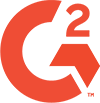


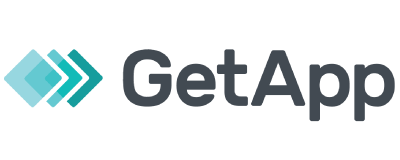







.webp)

.webp)
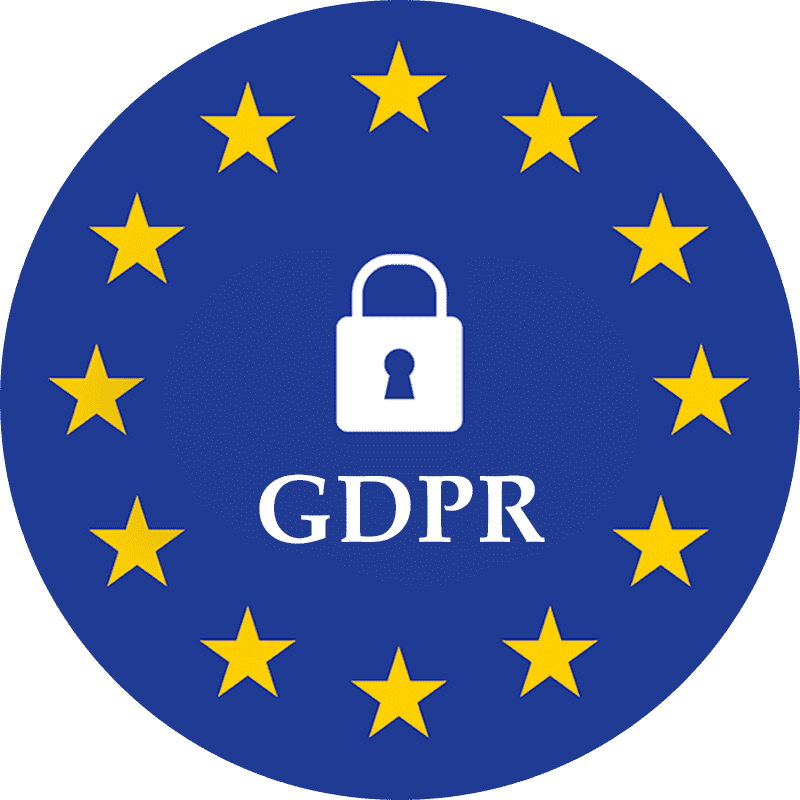
.webp)
